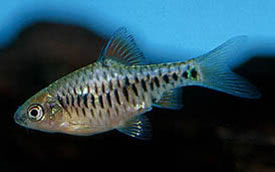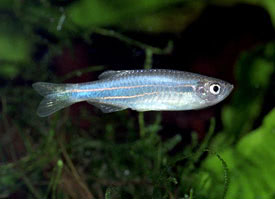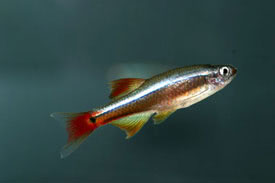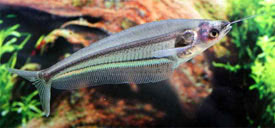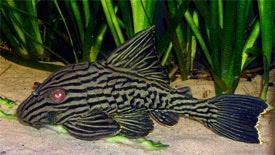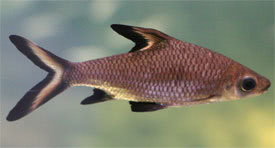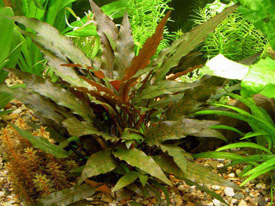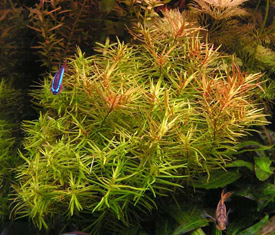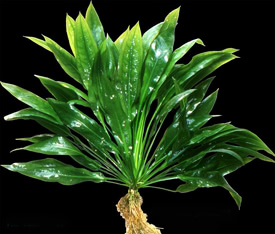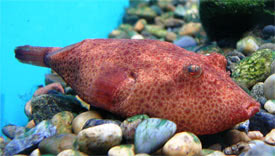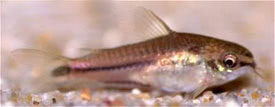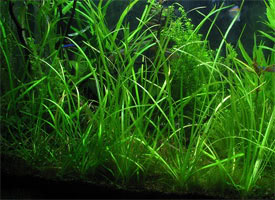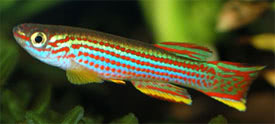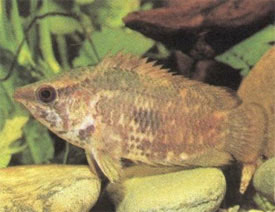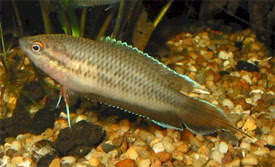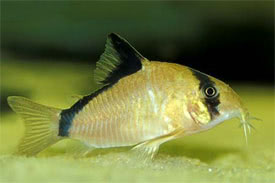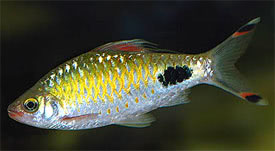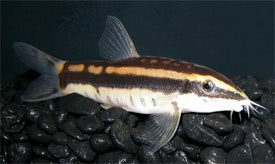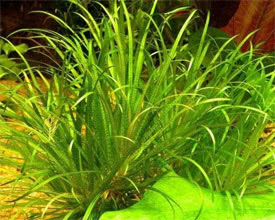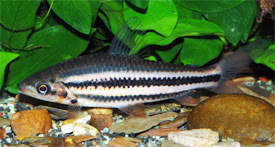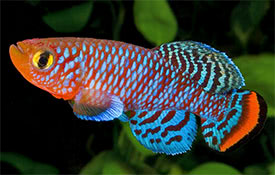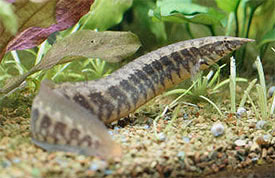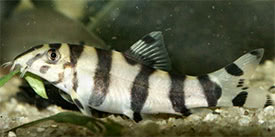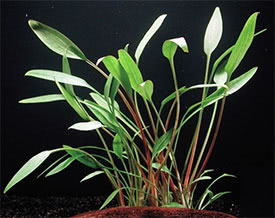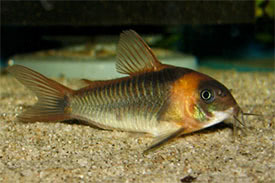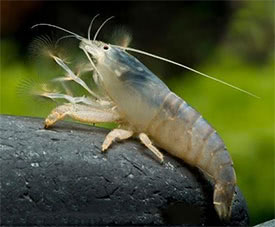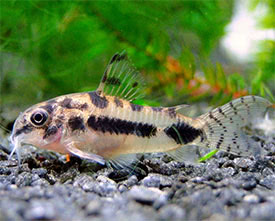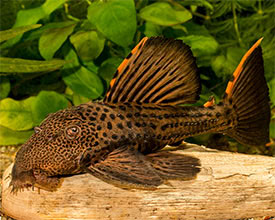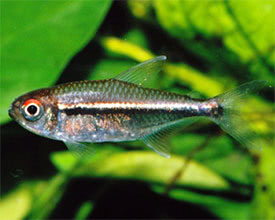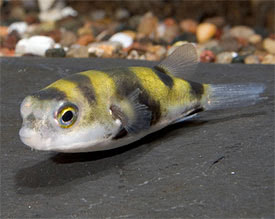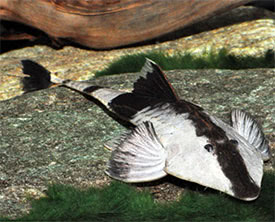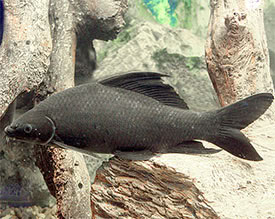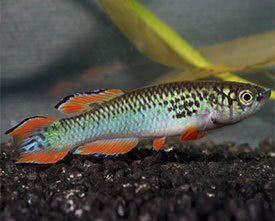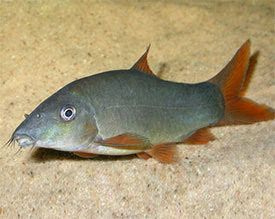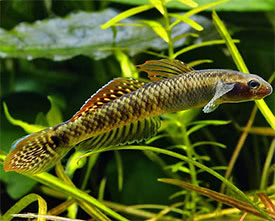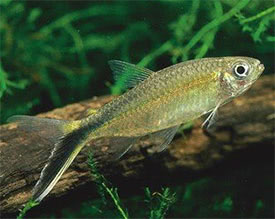
 Magyarul / Hungarian
Magyarul / Hungarian



- Scientific name: Trichogaster fasciata
- Synonyms: Colisa fasciata, Colisa fasciatus, Colisa bejeus, Colisa ponticeriana, Colisa vulgaris, Polyacanthus fasciatus, Trichogaster fasciatus, Trichopodus bejeus, Trichogaster colisa, Trichogaster cotra
- Common name: Banded Gourami, Indian Giant Gourami, Rainbow Gourami, Striped Gourami
- Group: Labyrinth fishes
- Habitat: Asia; India, Bengal, Assam, Myanmar (Burma)
- Size: Male: 10 cm, female: 6-8 cm
- Biotope: Inhabits slow-moving waters, often with a covering of surface vegetation, also in ricefields and in shallow waters.
- Social behavior: A shy fish, suitable for a community tank except at spawning times when fish become territorial. Do not keep with Thick-lipped Gourami (Colisa labiosa), as they may hybridise.
- Diet: Omnivorous, flakes, vegetables, tablets
- Breeding: Quite easy
- Tank: Minimum 70 litres
- Population: 1 pair for 80 litres
- Decoration: Prefers a darker tank bottom with heavy vegetation along the edges of the aquarium. Driftwood and twisted branches. Leave room in the center for swimming, and the water movement should be minimal.
- Temperature: 21-28°C
- pH: 6-7.5
- Hardness: 4-15NK°
- Lifespan: 4 years
Description: The banded gourami has an elongated body, with long dorsal and anal fins. The caudal fin is fan-shaped and the ventral fins are long and slender-almost thread-like. The body is orange-brown with a greenish sheen, and with several narrow orange-red to red stripes slanting diagonally backward. The back of the fish is dark brown, the chest and belly are blue-green, often with a purple sheen. The iris of the eye may be orange. Females are less colorful, with a white-silver belly region.
The dorsal fin on male ends in a point and the body is darker, becoming nearly black during spawning. For breeding, the water in the tank should be soft, shallow, about 20 cm deep. Water movement should be avoided. Use plenty of floating plants and fine-leaved plants to provide shelter for the female. The tank shuold have tight cover, as the fry need access to a layer of warm, humid air, for their labyrinth organ development. For a couple of weeks keep the male and female separated, and feed them with live and frozen foods to get them in condition. When the female is full with eggs, transfer her to the spawning tank. After 1-2 days put the male to the tank. The male will display to the female constantly, and he makes a large bubble nest. Male fully embraces female during the act of spawning, turning his stomach toward the surface. 20 to 50 eggs are laid each time - 500 to 600 in all - which float to the surface. These hatch within 24 hours. Male will jealously guard the nest and female should be removed at this point. Begin feeding the fry with roftiers and infusoria. After a week or two, the young can be fed with powdered dry foods and Brine Shrimp nauplii.
























